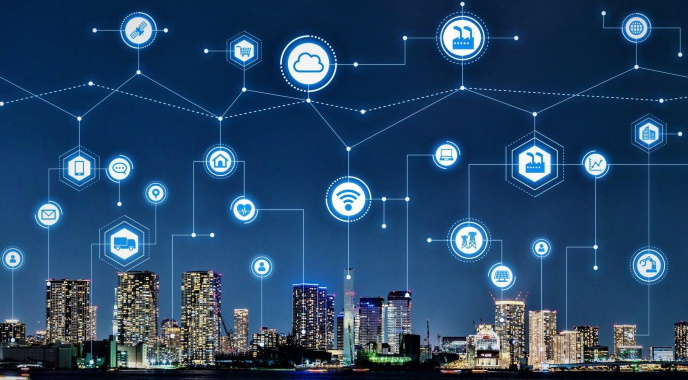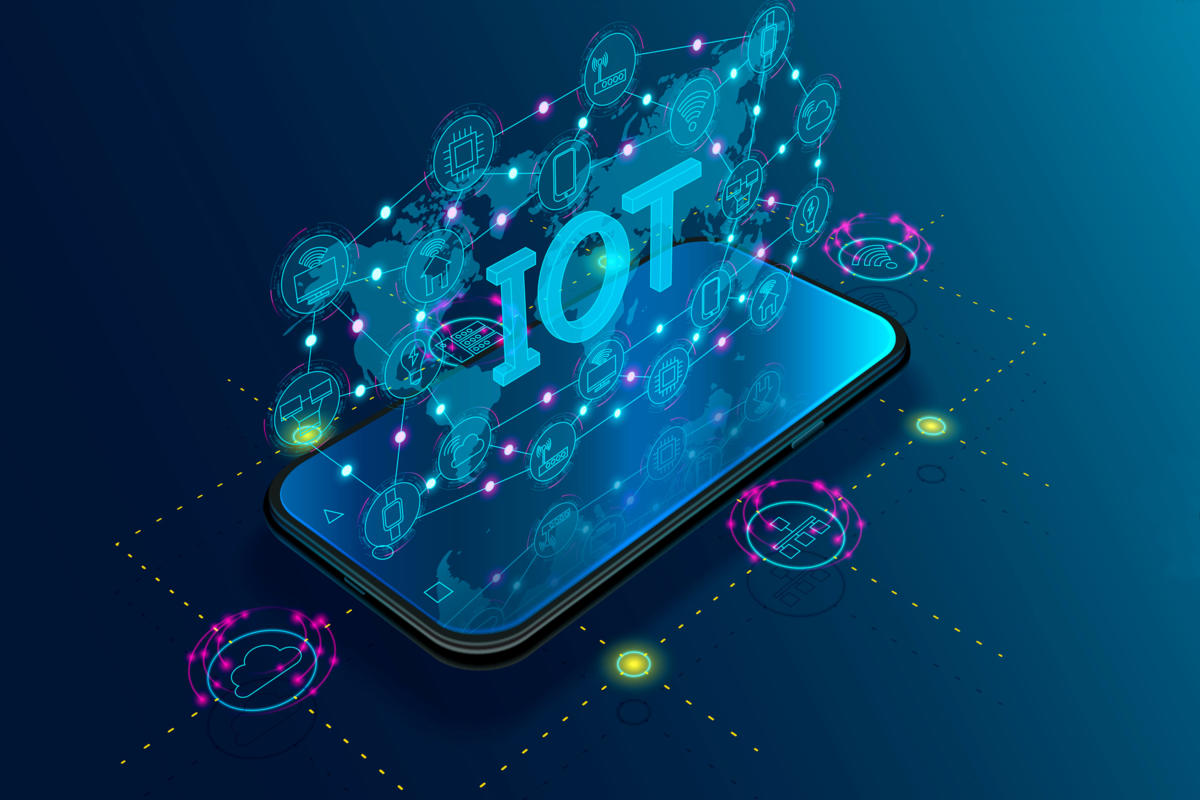Internet of things (IOT)
Without a doubt, by continuing in the development of technology, lots of tasks are getting easier to be done. The Internet of Things (IoT) refers to the billions of devices around the world that are now connected to the Internet, collecting and sharing data. Thanks to the advent of cheap computer chips and the existence of “wireless networks” everywhere and anytime, it is possible for everything from a small tablet to a very large aircraft to connect to the Internet and be part of the Internet.
What is the Internet of Things?
The Internet of Things (IoT) is about expanding the power of the Internet to go beyond computers and smartphones and, in fact, to a wide range of things, processes, and environments.
But what exactly is the Internet of Things or the Internet of Things?
The following description of IoT is a technical and technical definition of the Internet of Things:
The Internet of Things (IoT) is a system of computing devices, mechanical and digital machines, objects, animals, or people. They are identified by unique identifiers and have the ability to transmit data over a network without the need for human-to-human or human-to-computer interactions.

Importance of the Internet of Things
When things are connected to the Internet, they can send or receive information. The ability to send or receive information makes things (objects | Things) smart.
IOT applications
There are no restrictions on IoT applications, and they are used in industry (transportation), agriculture (smart greenhouse), medicine (net-connected medical equipment), surveillance and security (surveillance cameras), education, and business.
IoT application for people and homes
People use IoT devices through cover technologies such as smartwatches, health trackers, and devices that help them receive and collect information instantly. By applying IoT to home appliances, IoT devices can be used for more connected homes, with more energy efficiency and easier home management. Various aspects of connected homes can be accessed remotely and controlled by the homeowner via a computer or a handheld smartphone (smartphone, tablet, etc.).
IoT in cars
Sensors inside a moving vehicle make it possible to collect real-time data about the vehicle and its surroundings. Autonomous vehicles use different sensors in combination with advanced control systems to assess the environment and thus drive the vehicle.
In factories
With IoT applications for factories, manufacturers can automate duplicate tasks in any part of the entire production process. The information collected by sensors embedded in factory devices can be used to design solutions to optimize and risk the entire production line.
Business and IOT
On a larger scale, by adopting IoT technologies, businesses can operate more cost-effectively, efficiently and effectively. For example, office buildings can be covered with sensors that can monitor elevator traffic or overall energy consumption. Of course, different businesses naturally have different uses for the Internet of Things.
IoT applications in cities
IoT is used in a variety of areas and urban life. IoT devices collect data and influence the environment to help manage various aspects of urban governance, such as traffic control, resource management, and public safety.

